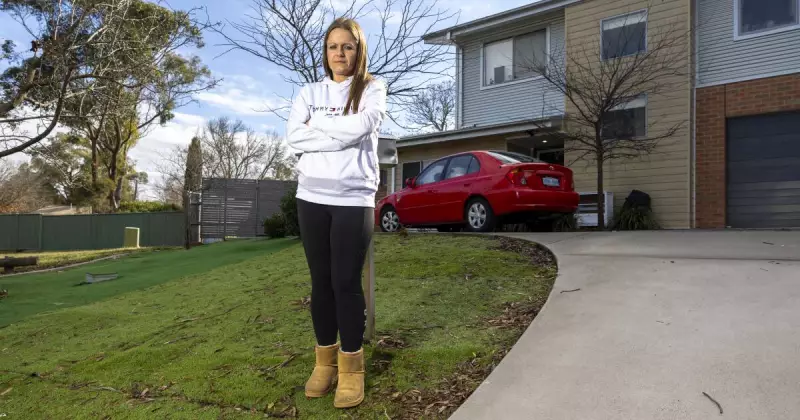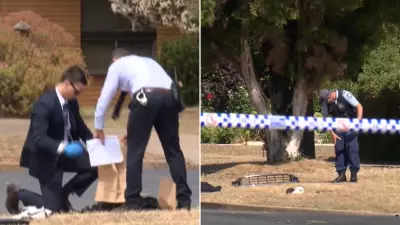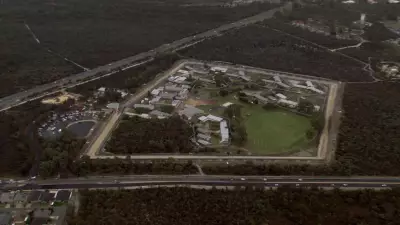
Canberra public housing residents are living in properties plagued by black mould and maintenance failures, with many reporting their repair requests seem to disappear into a bureaucratic black hole.
Families left in dangerous conditions
Jackie Stewart has given up calling the contractor responsible for maintaining her public housing home after multiple complaints about her mould-filled air conditioning unit led nowhere. Despite several tradesmen visiting her property over twelve months, the dangerous mould problem remains unfixed.
"If you try and complain to Programmed, they don't care, they'll just hang up the phone," Ms Stewart revealed. "So you've got to actually complain to Housing."
During the scorching 2024-25 summer, Ms Stewart and her primary school-aged children were told not to use their air conditioning due to the health risks posed by the mould, despite enduring extreme temperatures.
Systemic failures and accountability gaps
The lack of transparency from both Housing ACT and its maintenance contractor Programmed Maintenance has alarmed community organisations working with vulnerable tenants. The Canberra Times investigation uncovered multiple cases of residents living in damaged and potentially dangerous properties.
Nicole Polhuis required a doctor's letter before Housing ACT would renovate her two mouldy bathrooms. Eighteen months after the renovations, dark water patches began appearing on her bedroom carpet from ongoing leaks.
"I've had plumbers in here, I've lost count how many because they just keep sending different guys," Ms Polhuis said. "I think they're trying to get an answer that suits them."
ACT Shelter chief executive Corinne Dobson expressed serious concerns about the outsourcing arrangement, stating "measures to keep Programmed and the ACT government accountable were urgently needed."
Broken system with real consequences
For Ms Stewart and her family, maintenance issues have persisted for years since moving into their brand-new property in 2019. Cracks appeared in door frames and ceilings within months, while carpet issues became so severe that her daughter tripped and injured her face.
Canberra Community Law executive director Genevieve Bolton blamed part of the problem on Housing ACT's reliance on paper-based filing systems, which frequently leads to lost repair requests and maintenance jobs disappearing from the system.
ACT Council of Social Service chief executive Devin Bowles highlighted how the complex communication chain between Housing ACT, Programmed, and subcontractors creates systemic inefficiencies that leave repairs undone.
An ACT government spokesperson defended their approach, stating that tens of thousands of work orders are carried out each year through a 70:30 ratio of planned versus responsive works.
Growing housing crisis amid vacant properties
Meanwhile, transparency around available public housing remains concerning for advocacy groups. While Housing ACT manages 11,873 properties, only 10,952 were actually used for public housing according to June 2024 data from the Australian Institute of Health and Welfare.
Shockingly, Housing ACT revealed that in June 2025, 520 properties sat vacant, with 307 vacant for longer than three months. Only 84 were immediately available for occupation.
The ACT government has committed to growing public housing to 13,200 homes by 2030, but with the current maintenance crisis and growing waitlists, advocates question how effective this expansion will be for those in need.
In a significant development, the ACT government announced it will conclude Programmed's contract and bring all repairs and maintenance in-house by 2027, offering hope for long-term improvement in the system.





